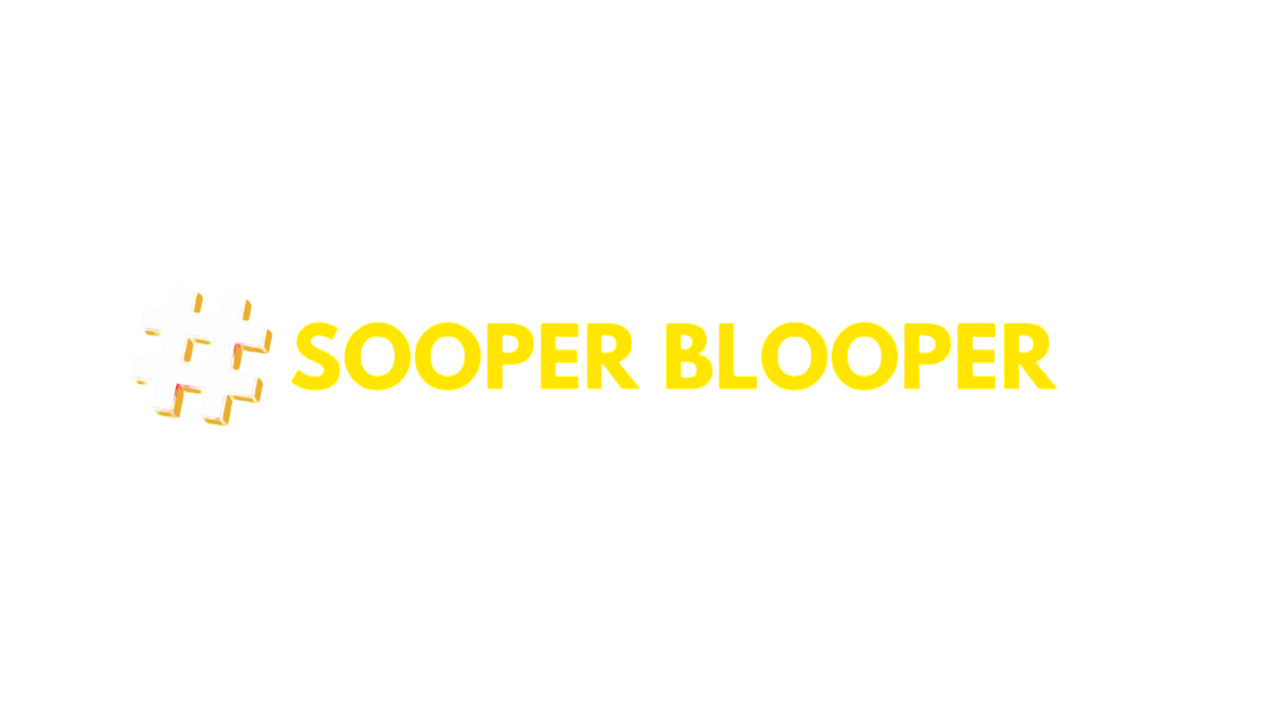Developing a winning content strategy is the foundation of any successful YouTube channel in 2025. With the platform's algorithm constantly evolving and viewer preferences shifting, having a clear roadmap for your content is more important than ever.
Why You Need a Content Strategy
A well-defined content strategy helps you:
- Maintain consistency in your uploads
- Build a recognizable brand identity
- Attract and retain your target audience
- Optimize your workflow and reduce burnout
- Improve your channel's discoverability
Key Elements of a Successful YouTube Content Strategy in 2025
1. Audience-First Approach
The most successful YouTube channels in 2025 are those that deeply understand their audience. This means:
- Creating detailed viewer personas
- Analyzing your audience demographics and viewing habits
- Regularly collecting feedback through comments, community posts, and polls
- Monitoring which topics and formats generate the most engagement
2. Content Pillars
Establish 3-5 content pillars that define the main themes of your channel. For example, a fitness channel might have pillars like:
- Workout routines
- Nutrition advice
- Fitness equipment reviews
- Transformation stories
These pillars help viewers understand what to expect from your channel and help you maintain focus when planning content.
3. Content Calendar
A well-structured content calendar is essential for maintaining consistency. Your calendar should include:
- Publishing schedule (dates and times)
- Video topics aligned with your content pillars
- Seasonal and trending topics
- Production timelines
- Promotion strategy for each video
4. Format Variety
In 2025, successful channels use a mix of content formats to keep viewers engaged:
- Long-form deep dives (15+ minutes)
- Mid-length educational content (8-15 minutes)
- Short-form content (under 60 seconds)
- Live streams for real-time engagement
- Series-based content that encourages return viewership
5. Trend Adaptation
While maintaining your core content pillars, leave room in your strategy to adapt to:
- Platform updates and new features
- Seasonal trends and events
- Breaking news in your niche
- Viral challenges and formats that align with your brand
Implementing Your Content Strategy
Step 1: Audit Your Existing Content
Before implementing a new strategy, analyze your current content performance:
- Identify your top-performing videos
- Look for patterns in viewer engagement
- Assess which content types have the highest retention rates
- Review audience feedback on previous videos
Step 2: Define Clear Goals
Set specific, measurable goals for your content strategy:
- Subscriber growth targets
- View count objectives
- Engagement rate improvements
- Monetization milestones
Step 3: Create a Content Production System
Develop a repeatable system for content creation:
- Research and ideation process
- Script and storyboard templates
- Filming and editing workflows
- Thumbnail creation process
- SEO and metadata optimization
Step 4: Measure and Refine
Regularly review your strategy's effectiveness:
- Monthly performance reviews
- Quarterly strategy adjustments
- A/B testing of different approaches
- Competitor analysis
Common Content Strategy Mistakes to Avoid
- Chasing trends at the expense of your brand identity - While adapting to trends is important, abandoning your core content pillars can confuse your audience.
- Inconsistent publishing - The 2025 algorithm heavily rewards consistency. Erratic posting schedules can significantly harm your channel's growth.
- Ignoring audience feedback - Your viewers are your best source of information about what's working and what isn't.
- Neglecting data analysis - YouTube Studio provides powerful insights that should inform your strategy decisions.
- Overcommitting - It's better to commit to a realistic publishing schedule you can maintain than to burn out trying to post daily.
Conclusion
A well-executed content strategy is the difference between channels that thrive and those that struggle in 2025's competitive YouTube landscape. By focusing on your audience, establishing clear content pillars, maintaining consistency, and regularly refining your approach based on performance data, you can build a sustainable channel that grows steadily over time.
Remember that the most successful content strategies are those that evolve. What works today may not work tomorrow, so stay flexible, keep learning, and always be willing to adapt your approach as the platform and your audience change.
